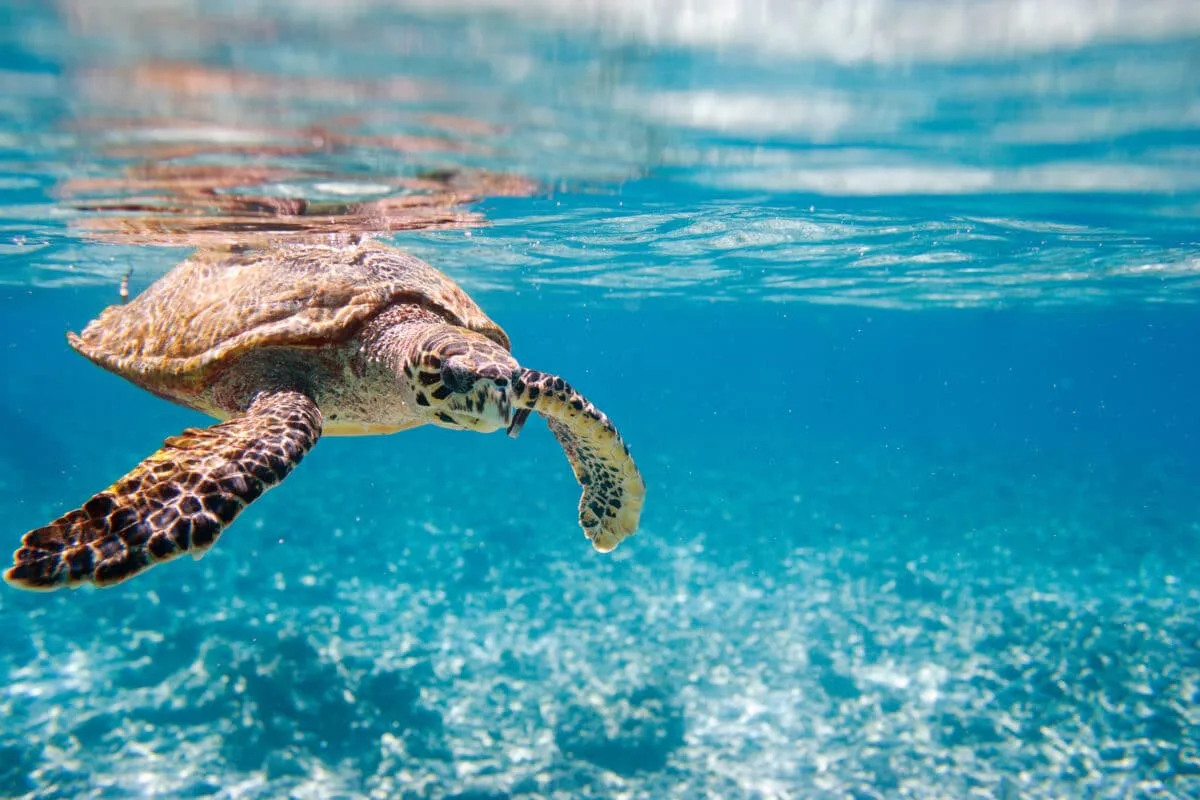Tranquil and majestic, spotting a sea turtle in the tropics is at the top of most travellers list. Perhaps it’s because they pose no threat – unlike other aquatic species, such as sharks, snakes, and, in some instances, rays – or it’s because watching them swim is like spotting an eagle glide through the air; they symbolize grace and elegance, with a healthy dose of fascination.
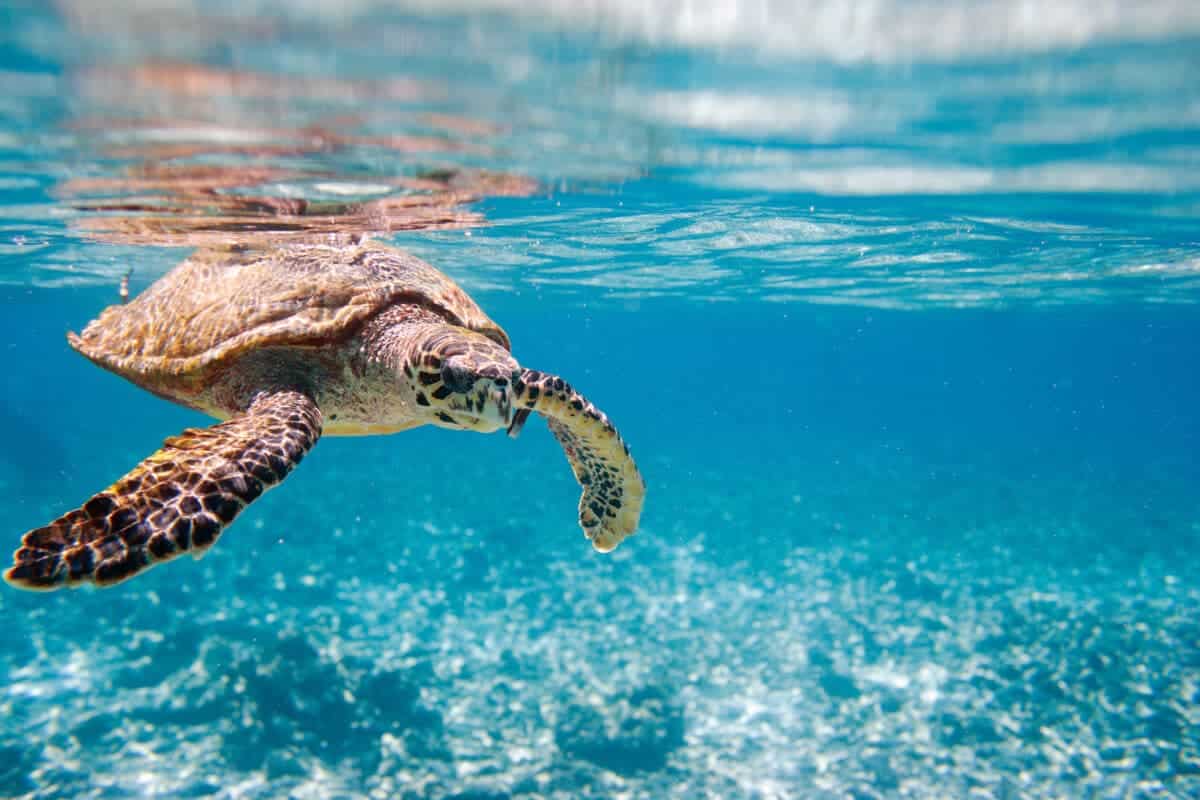
Often frolicking within turquoise waters, surrounded by vibrant fish, which through the lens of goggles is reminiscent of a kaleidoscope, you’ll find them in most of the world’s radiant reefs, islands, and oceans, from the serene Sumatran coastline to the exuberant Great Barrier Reef.
If you find yourself swimming alongside one, more often than not, it signifies that you’re exploring a beautiful nook of the world; safe to say, judging by their usual living quarters, sea turtles don’t have bad taste.
Where Do They Roam?
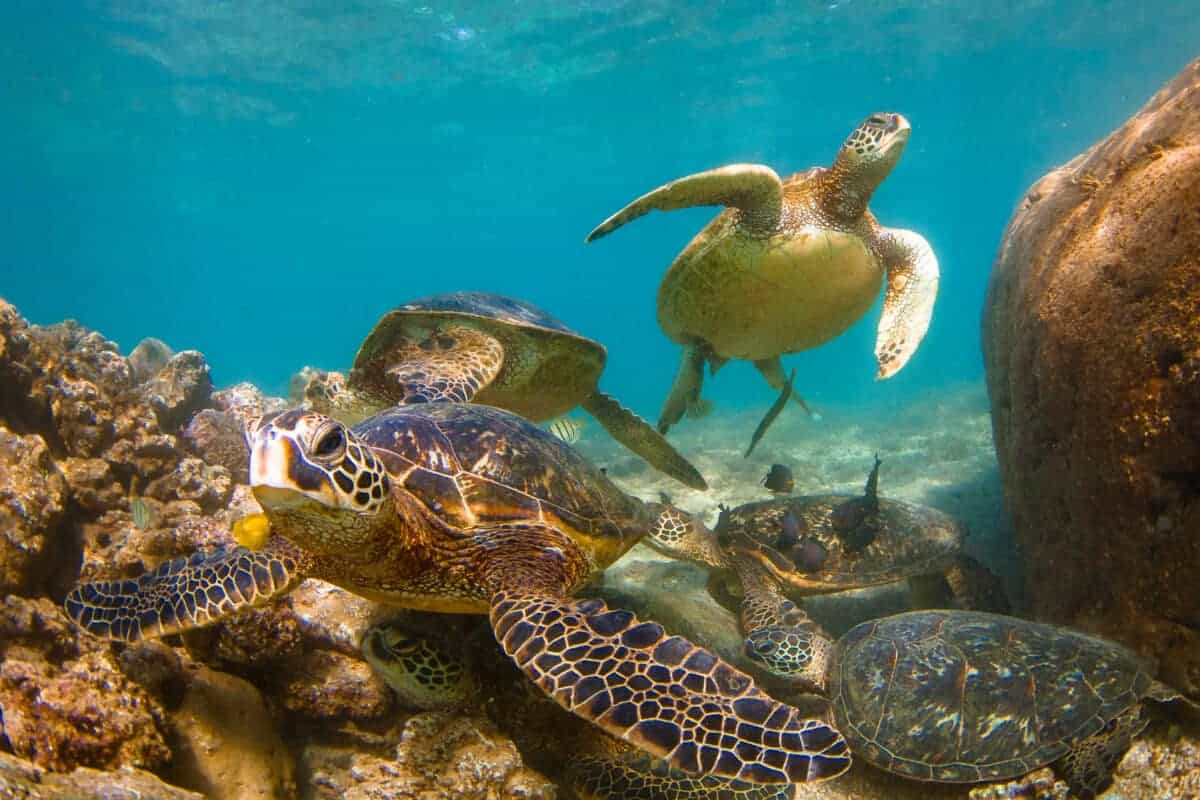
It would be wrong to claim they always live in the same proximity. When born, before embarking on a challenging and noble pilgrimage, they endure what many believe to be their most dangerous yet shortest test – going from their freshly hatched shell to the ocean.
A treacherous and vulnerable migration, it’s a renowned feeding frenzy for multiple predators, meaning only a few make it into the deep blue, but once they do, similarly to whales, which are hundreds of times their size, sea turtles go-on to cover expansive distances, travelling thousands of kilometres and reaching several oceans and continents in their lifetime, showcasing resilience and determination.
When it’s time to breed, they usually return to where life began. And that’s where the magnetic plates come into play.
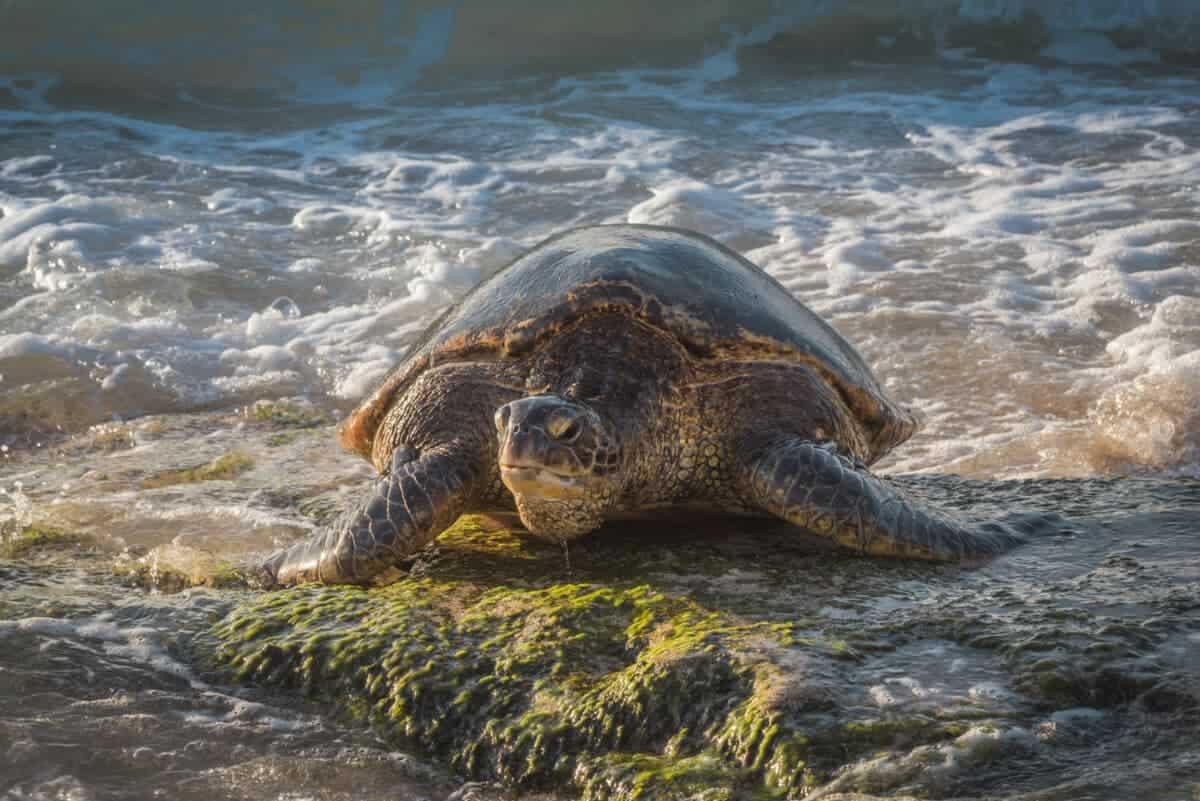
How Do Sea Turtles Use Magnetic Plates?
Remarkably and unbeknown to scientists until now, a recent study headed by University of North Carolina professor Kenneth Lohmann suggests that sea turtles, through identifying the magnetic field’s intensity and its inclination angle, utilize magnetic plates to navigate back home, with most sea turtles beaching about 40 to 50 miles from where they hatched – often decades later and after traveling from the other side of the world.
This phenomenal instinct, which Lohmann suggests several birds and fish like salmon have been utilizing for centuries, is referred to as magnetoreception – a natural GPS that taps into the movements of tectonic plates.
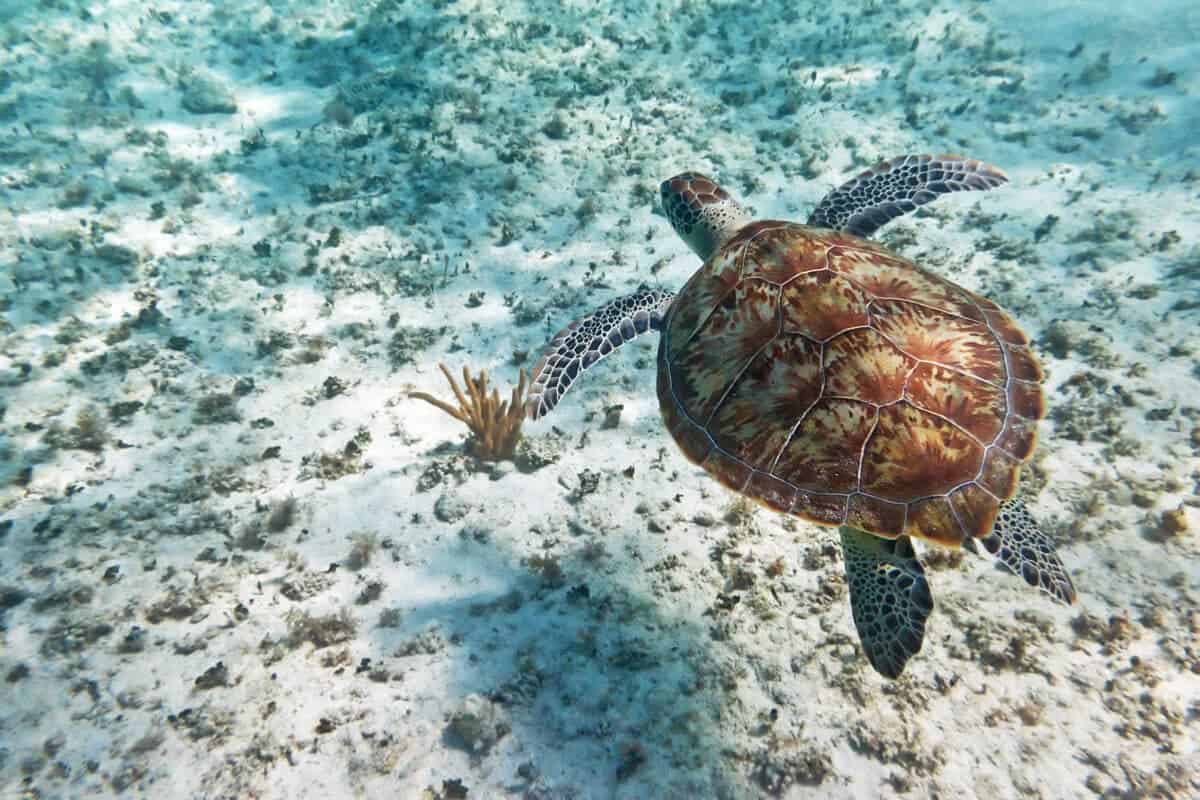
The Different Types of Sea Turtles and Their Migratory Routes
Sea turtles are known for their impressive long-distance migrations, and the distances they travel can vary depending on species, age, and life stage. Here are some general insights into the migratory behaviors of different sea turtle species:
Loggerhead Turtles: Loggerhead turtles are known to undertake long migrations across ocean basins. They have been recorded traveling thousands of miles between nesting and feeding areas. Some loggerhead turtles tagged in the United States have been found to travel to the Mediterranean Sea and vice versa.
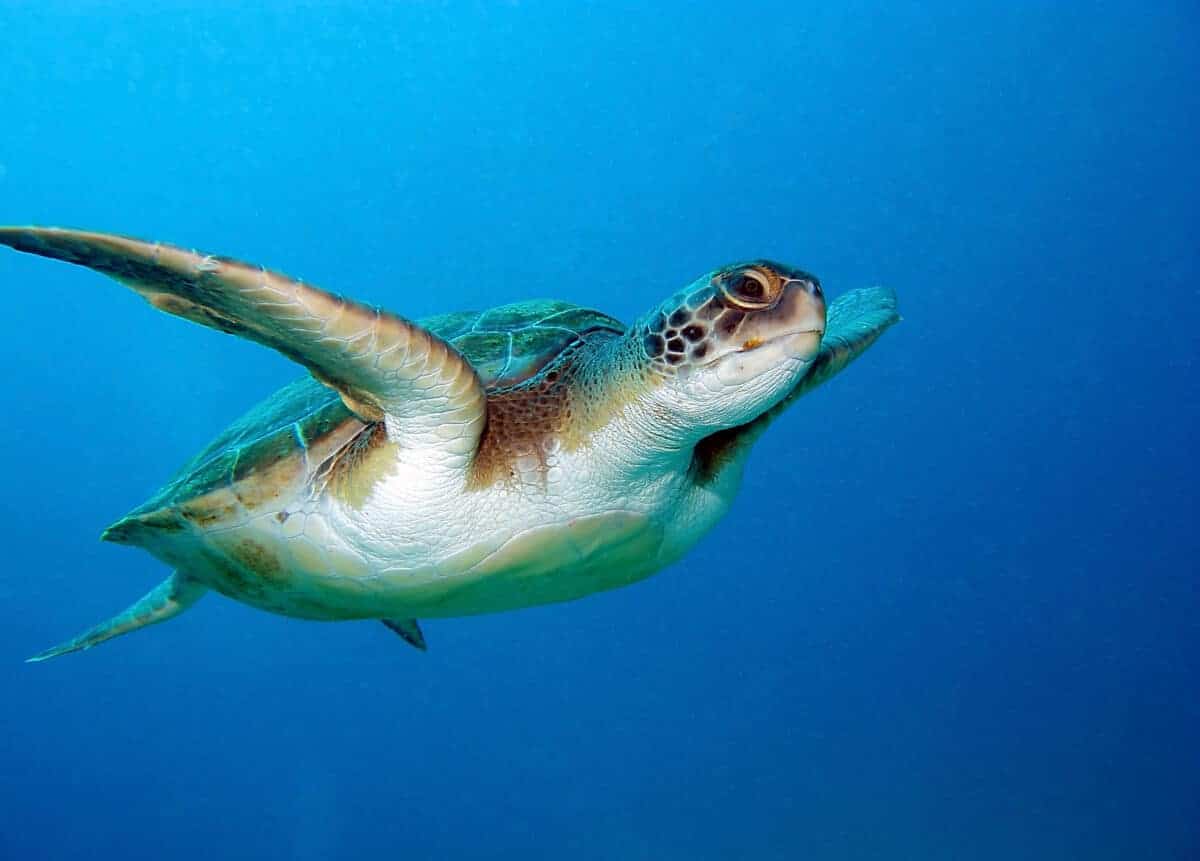
Green Turtles: Green turtles are known to migrate long distances between their feeding and nesting grounds. For example, green turtles that nest in Ascension Island in the South Atlantic have been tracked traveling to feeding areas off the coast of Brazil.
Leatherback Turtles: Leatherback turtles are the largest of all sea turtles and highly migratory. They can travel vast distances and are known to cross entire ocean basins. Some leatherback turtles tagged in the Pacific have been recorded traveling to the Atlantic Ocean.
Hawksbill Turtles: Hawksbill turtles also undertake significant migrations, moving between nesting and feeding areas. Their movements can vary, but they generally cover substantial distances.
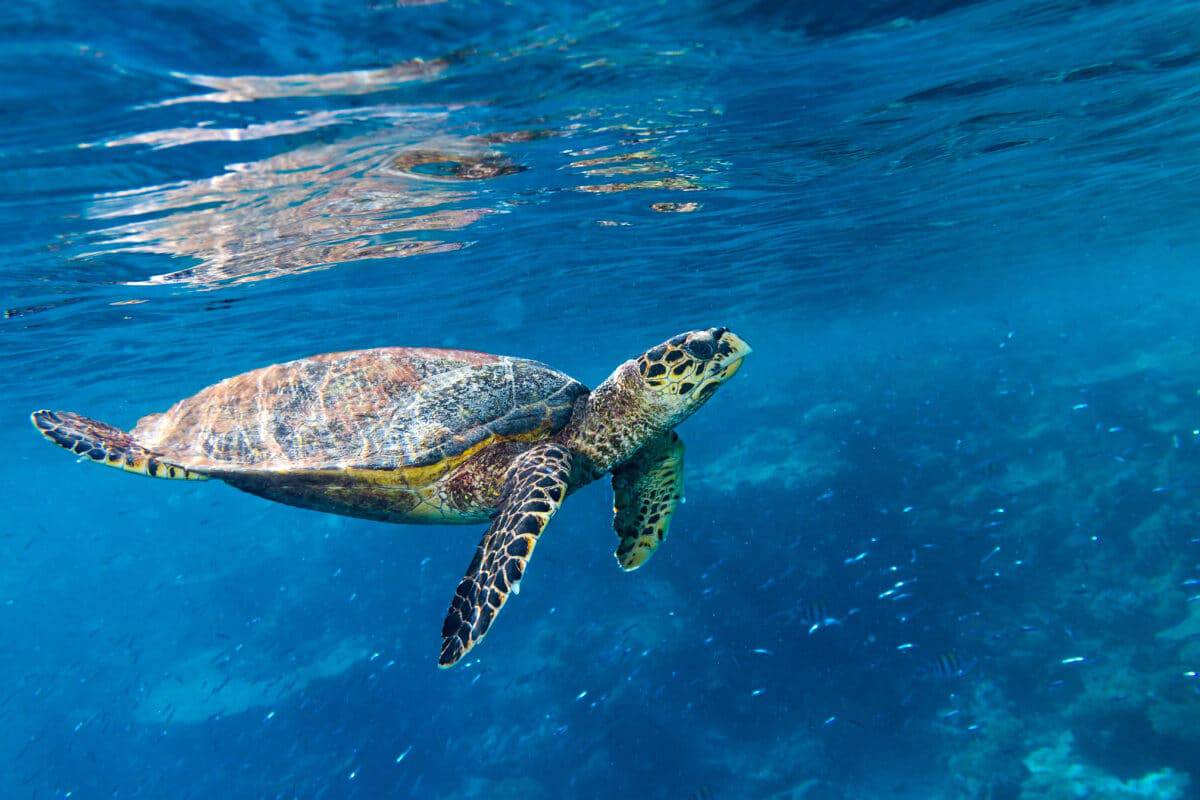
Kemp’s Ridley Turtles: Kemp’s ridley turtles are known for mass nesting events called arribadas. They primarily inhabit the Gulf of Mexico and migrate along the Atlantic coast. They have been found to travel long distance.
Join our Forum for free today!

- Elderly Man Kills Grizzly Bear in Montana - July 22, 2024
- Missing Cat Found Weeks Later, 40 Miles Away - July 21, 2024
- The Fastest Animal on Earth: So, How Quick Are Cheetahs? - July 21, 2024

